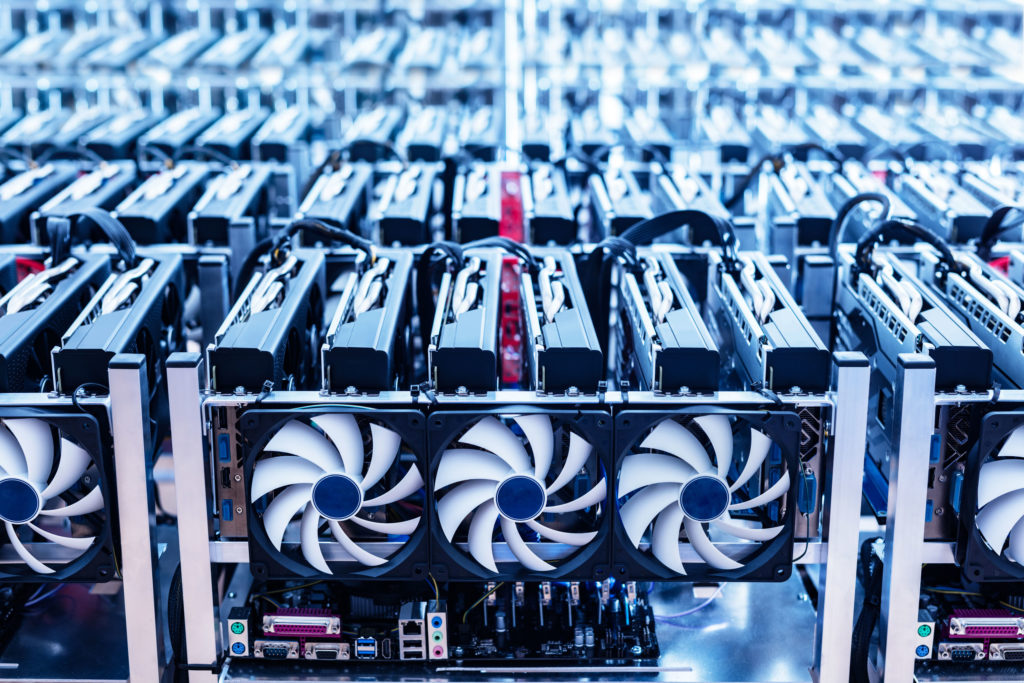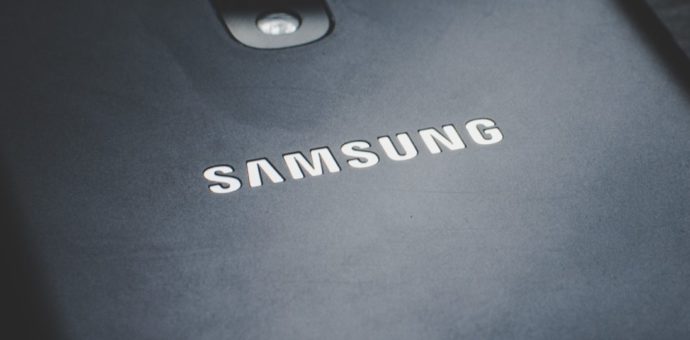A tech giant is again causing a buzz in the crypto market. In May this year, Samsung registered a patent named as “Blockchain programmable solid state drive and computer”. Although there are still not many details about the system, it is imagined that the novelty can have some impact on the sector.
In recent years, the number of global blockchain patents applications has grown substantially. Nowadays, they dramatically outweigh the patent records of other technologies. However, Samsung remained relatively restrained regarding the blockchain. That is, until applying to register a programmable blockchain SSD.
Details and advantages of Samsung’s blockchain-related new patent
This programmable data storage device consists of a non-volatile memory and a storage controller configured to control the system. In addition, it has a network interface and a field-programmable port array configured to implement a blockchain algorithm. In this way, it stores at least one blockchain block corresponding to the blockchain algorithm in its non-volatile memory through the storage controller.
To have a better view of the meaning of this new blockchain-related Samsung patent, it is necessary to analyze the disadvantages of the computer devices for general use and ASICs. General purpose computer devices (usually GPUs) should be combined with the correct software, drivers, and configurations to run an efficient mining algorithm.

Although a GPU can mine multiple currencies with this technique, its efficiency is very low. Besides, changing the currency which is being mined is a trouble and few can do that. It should also be considered that the cost of GPUs can vary significantly because its price is influenced by the virtual reality and gaming industries.
On the other hand, ASIC miners are professional mining equipment designed to calculate a specific algorithm. This restricted scope provides the hardware with the ability to efficiently mine if compared to general-purpose computing devices. However, the rigidity in the mining algorithms makes the miner obsolete when a newer and more efficient device becomes available, and many currencies are designed specifically to be incompatible with ASICs.
Samsung’s blockchain-related product will be developed?
Despite the analysis, it is not yet known if the idea will get off the ground. The crypto analyst, Sam Town, says that the Samsung patent does not necessarily mean that the company will develop the product. “Patents are not necessarily a tool just aiming to protect your idea. It can be a defensive weapon to prevent other companies from producing similar products. In addition, it can be used to send a signal to the market about the intentions of the company. That’s probably the case of Samsung”.
However, Nicolas Kokkalis, head of technology at Pi, does not agree with this opinion. “ The flexibility has the cost of speed and energy consumption. FPGAs can be reprogrammed with software, but are slower than ASICs and consume more electricity. Therefore, for consensus algorithms, such as the proof of work of bitcoin, in which the consumption of speed and energy is critical, the ASICs will always be the choice of miners, whenever that´s possible.
However, there are attempts at consensus algorithms that aim to be resistant to ASIC, for example, producing algorithms with limited memory, GPU-hungry functions, or periodically altering the algorithm, leaving no time for the ASIC designers to create ASICs ahead of time”.







